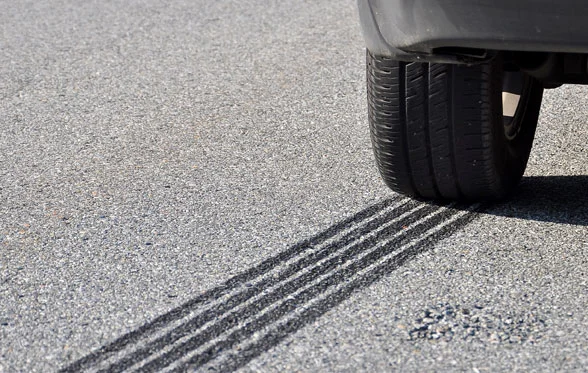On December 7, 2010, the National Highway Traffic Safety Administration (NHTSA) published an NPRM to amend FMVSS 111 proposing to modify the current rear visibility requirements by specifying an area behind the vehicle that a driver must be able to see when the vehicle is in reverse gear. This rulemaking action is being undertaken in response to the Cameron Gulbransen Kids Transportation Safety Act of 2007 which required that NHTSA undertake rulemaking to expand the required field of view to detect areas behind the vehicle to reduce death and injury resulting from backing incidents known as backover crashes. A backover crash is a specifically-defined type of incident in which a non-occupant of a vehicle (most commonly, a pedestrian, but it could also be a cyclist) is struck by a vehicle moving in reverse.
NHTSA issued an ANPRM on March 4, 2009 (74 FR 9478) asking for comments on previous findings of backover crash data, outlined current technologies that may have the ability to improve rear visibility including: improved direct vision (i.e., looking directly out the vehicle's rear window), indirect vision via rear-mounted convex mirrors or rearview video systems, and rear object detection sensors; and presented research findings on the effectiveness of those technologies. Thirty seven entities responded to the forty-three specific questions.
NHTSA has tentatively concluded that providing the driver with additional visual information about what is directly behind the driver's vehicle is the best alternative at this time to reduce the number of fatalities and injuries associated with backover crashes. In the near term, the only technology available with the ability to comply with this proposal would be a rear visibility system that includes a rear-mounted video camera and an in-vehicle visual display. The NPRM requirements include:
- Applicability: passenger cars, MPVs, trucks, buses, school buses, motorcycles and low speed vehicles
- Field of view
- Size
- Response Time
- Linger Time
- Deactivation
- Display Luminance
- Durability performance
- Test procedure
- Timing - phase-in % different for passenger car, truck/mpv/bus/low-speed, and multistage vehicles
NHTSA believes that video camera systems in production today already meet this minimum set of requirements.
NHTSA has developed several alternatives that compared to the proposal offer less but, at least in one case, still substantial benefits and, at reduced cost. NHTSA seeks comment on those alternatives and on other possible ways to achieve the statutory objective and meet the statutory requirements at lower cost. Section 2(c) of the K.T. Safety Act requires a Final Rule by February 28, 2011 and that the phase-in process be completed within 48 months of the publication of the Final Rule. Because NHTSA anticipates publishing a Final Rule by the statutory deadline, the rule must require full compliance not later than February 28, 2015.
Comments addressing this NPRM are due by February 7, 2011.
